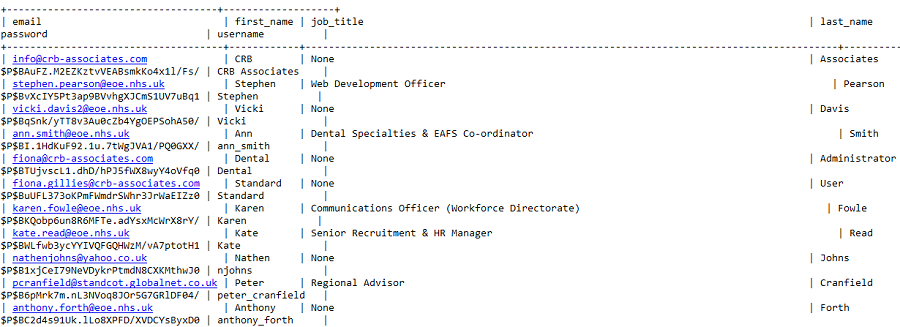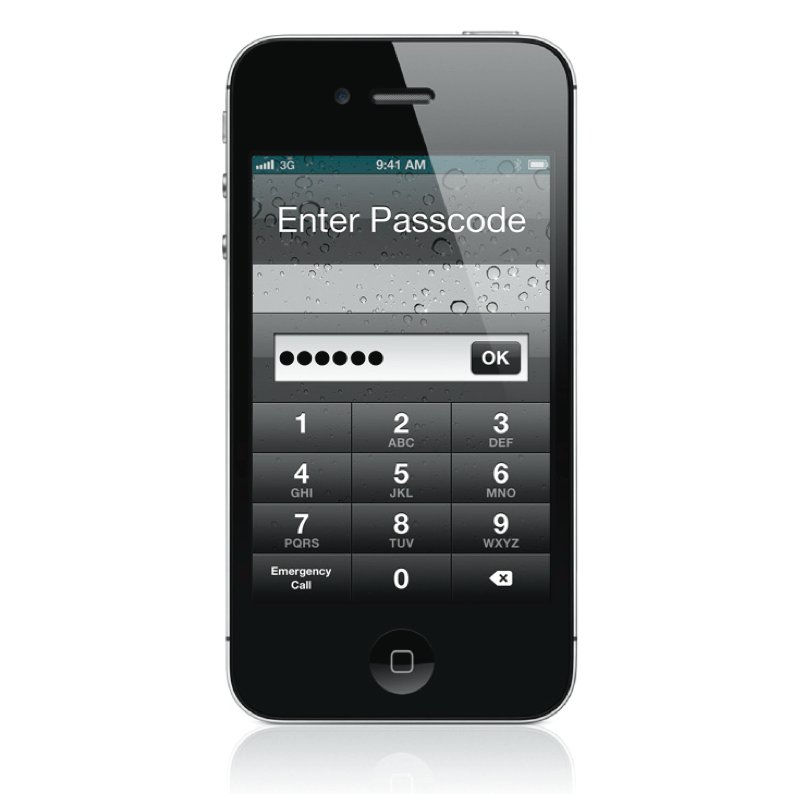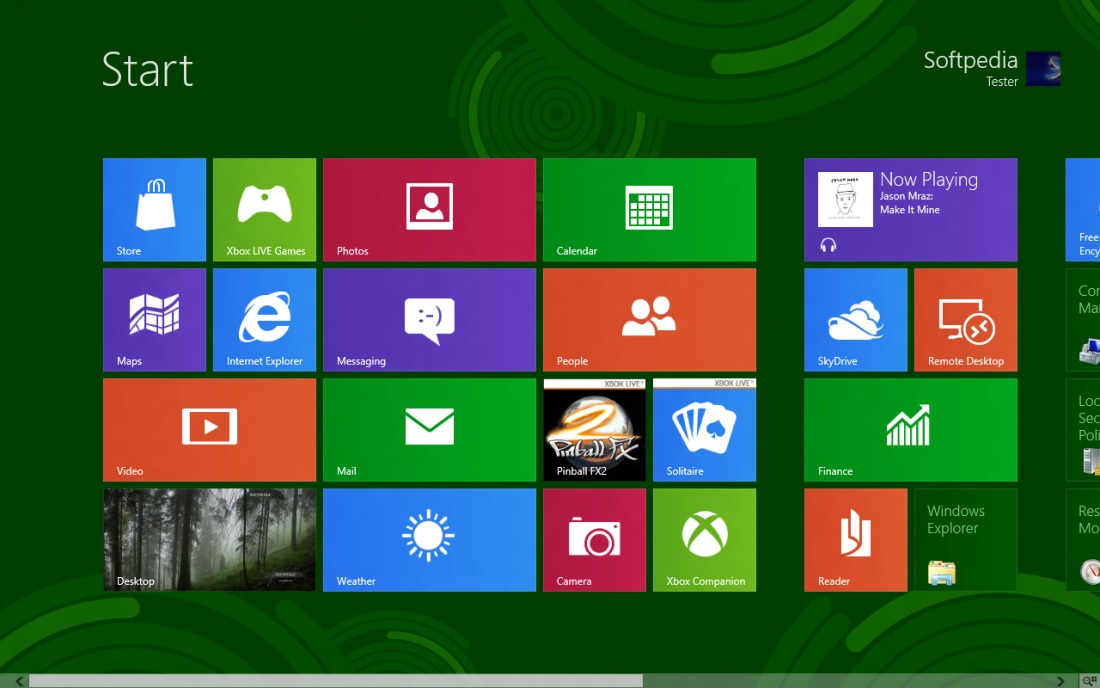
Actual Spy - is a keylogger which allows you to find out what other users do on your computer in your absence. It is designed for the hidden computer monitoring and the monitoring of the computer activity. Keylogger Actual Spy is capable of catching all keystrokes, capturing the screen, logging the programs being run and closed, monitoring the clipboard contents.
What is key logger?
A Key logger (KeyLogger or Keystroke Logger) is a program that runs invisibly in the background, recording all the keystrokes, usually saving the results to a log file.
Keylogger Actual Spy software features:
Logs all keystrokes, is case sensitive (keystroke logger).
Makes screenshots within the specified time interval.
Saves the applications’ running and closing.
Watches clipboard contents.
Records all print activity.
Records disk changes.
Records internet connections.
Records all websites visited.
Records startup/shutdown.
All the information is stored in the encrypted log file.
Convenient interface of the log and screenshot view.
Generates the report in the text and html format.
Sends the report to the specified email, via FTP or local area network.
Works in the standard and hidden mode.
In the hidden mode it is invisible in all operating systems (in Windows NT/2000/XP/Vista/7 processes as well).
Provides the opportunity to protect keylogger with the password, so that nobody except you could view the logs.
Fast installation, convenient and understandable interface, various set of features, flexible configuration system.
Unique Keylogger Actual Spy software features:
The keylogger Actual Spy Software is absolutely invisible in the all operating systems (in Windows NT/2000/XP/Vista/7 processes as well) and is not detected by antivirus software.
Case sensitive when detecting the keystrokes.
When viewing the keystrokes can show only the characters without showing the pressed system keys which is more convenient. For example, if the following keys are pressed:
"[Shift]It[Space]is[Space]keylogger."
You can see the text
"It is keylogger."
having checked the "Show only characters" option.
Log search with or without the case sensitive option.
For your convenience, the limits of the text log size and screenshot size are specified separately, as the screenshots size normally occupies more disk space than a text file.
Specifying the limits of the clipboard contents. If large amounts of information are copied to the clipboard, only the specified part will be saved.
Sending the reports to email, via FTP or local area network with flexible configuration system.
The Keylogger Actual Spy software is necessary for:
For system administrators. Keylogger Actual Spy will help you to find out, what exactly took place in the system.
For CEOs. You can perform the full control of the computers of your company or enterprise. You will always know about all actions performed by the employees or other people on the computers of your company.
For parents. You will be able to find out what programs your children run and what they search in the net, and to check them.
For any user. Using keylogger Actual Spy, you will be able to establish the full control over your computer. You will also find out, what was going on on your computer during your absence: what was run and when, what text was typed, etc. Using the program constantly, you will able to restore the previously typed text in case you have lost it. The Actual Spy software will also help you to restore the forgotten password or the lost email.
For computer classes and Internet Cafes. Keylogger will let you find out, what the users have been doing on the computers.
The registration key for the program is :-
0iU0DOkvQS/fLQ1Hxo5efM8O5q12ZW
ClEJ4De+0Rw8WG2lcgbkJTQqXvOcPM
iw3/fvztayACVcGvys9Fk98Sepc+Yl
d+5Z+EiTZwvPuCqGa8gLs2oC/X8POr
mO99+d59DYcdXjzqWwq5zzV6P2CSaG
p+nz5YbUbuKvEmp8w2vp+g=













